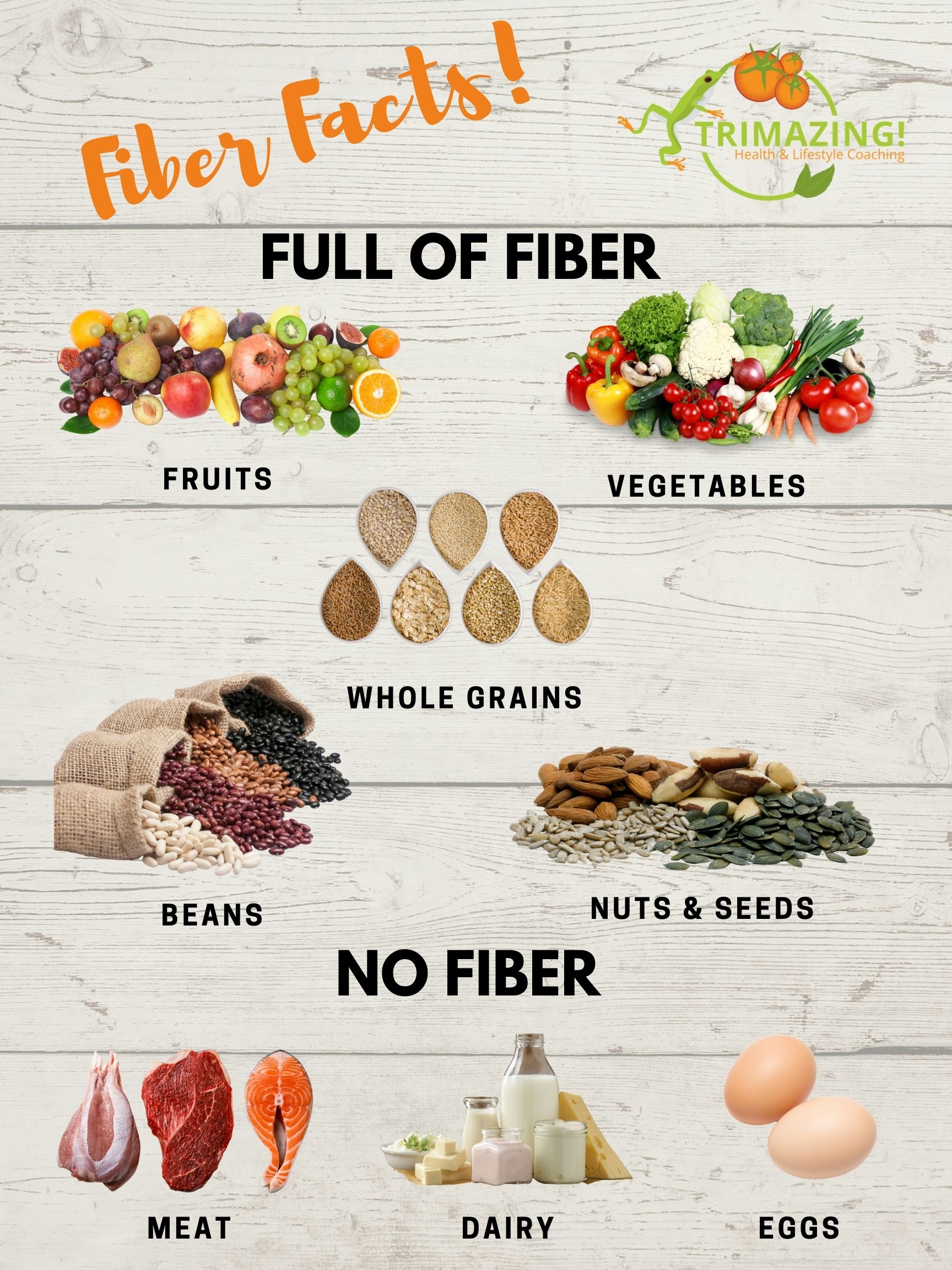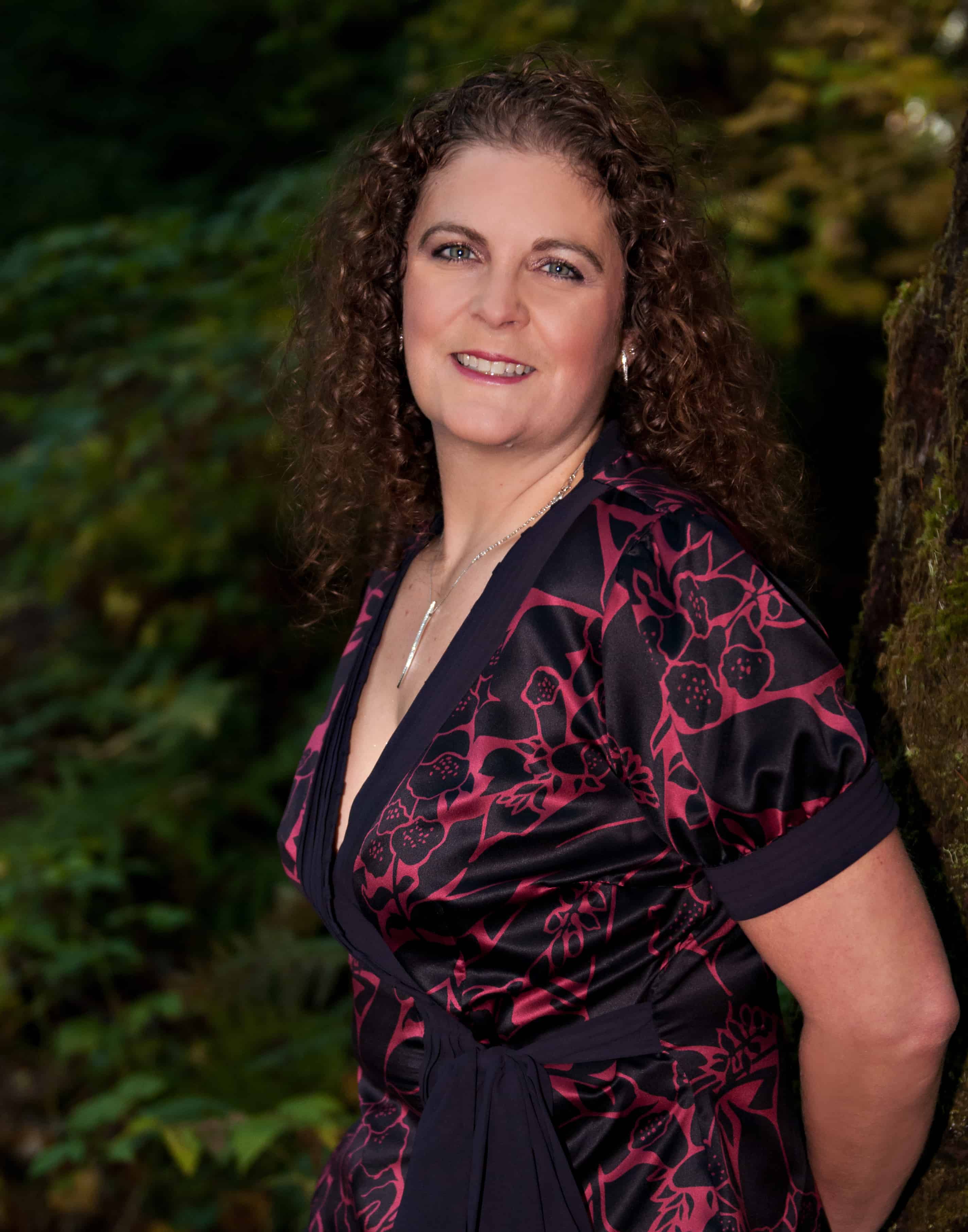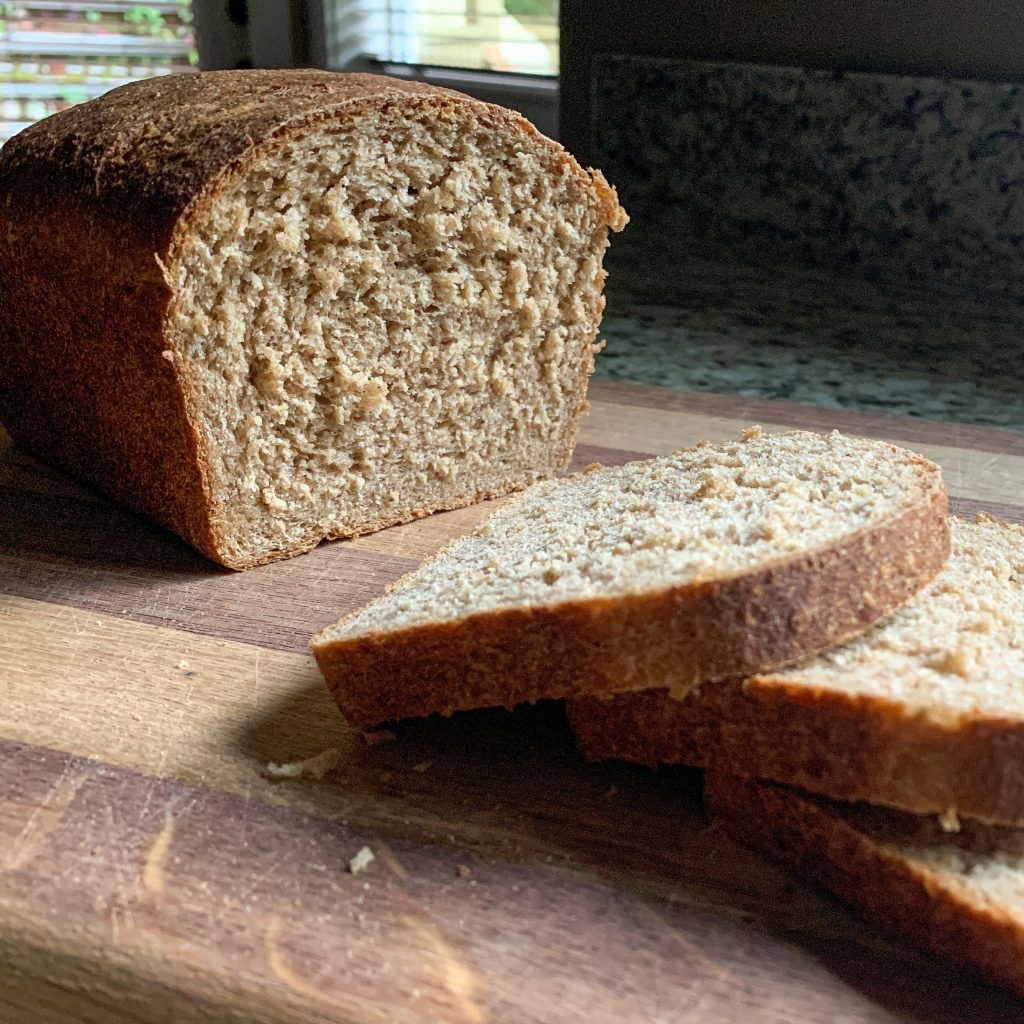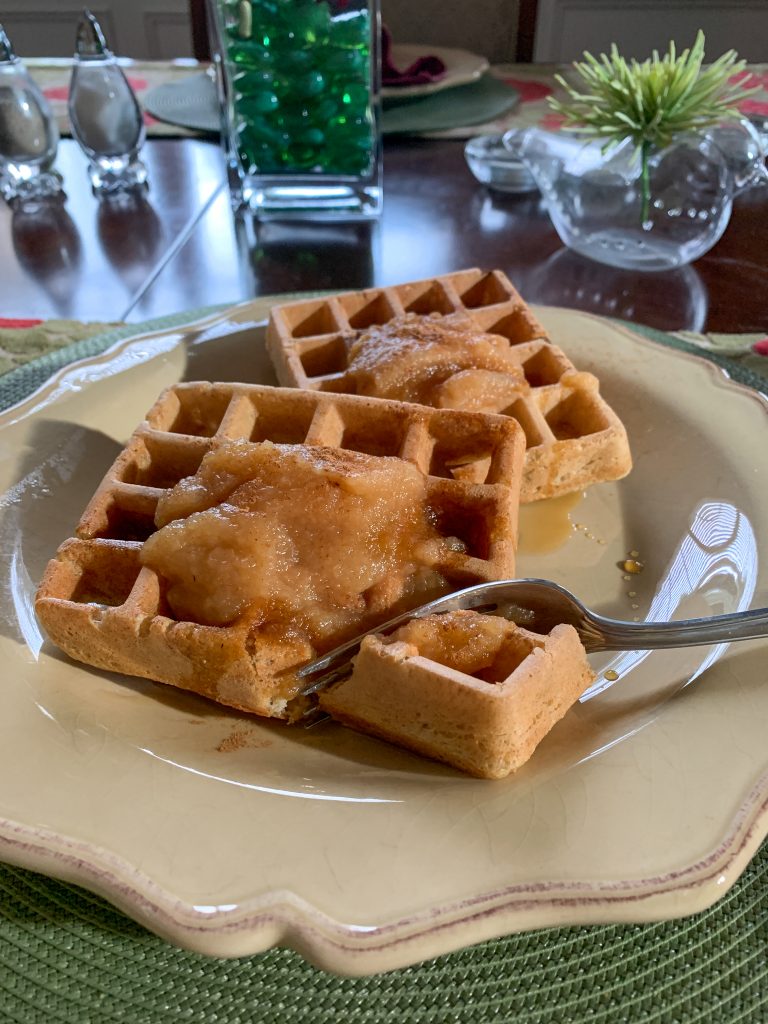WTF? Where’s the Fiber? & Recipe for Alan’s Oats

WTF? I ask this every day…Where’s the Fiber?
In a world so obsessed with protein, what we really should be concerned about is fiber! As a whole, the Standard American Diet is overloaded with protein, fat, and processed carbohydrates, but sorely lacking in fiber. And it’s likely because the benefits of fiber have not been fully understood. 97% of Americans don’t get the recommended daily allowance of fiber, and their health is suffering for it.
Fiber is critical for breast cancer prevention and survival as it pulls excess estrogen out of your body to be eliminated. According to Dr. Kristi Funk, eating less than 30 grams of fiber a day increases your risk of breast cancer 50%…50-PERCENT! So this month, Breast Cancer Awareness Month, I challenge you to start increasing your dietary fiber and decreasing your risk of breast cancer.
And, it’s not only protective for breast cancer, it lowers your risk for heart disease, diabetes, obesity, COVID, and other chronic diseases. Fiber is good for your whole body and the whole family!
What is Fiber?

The word “fiber” often conjures up visions of fiber powder in water. It’s so much more!
How many of you pictured an image of someone stirring fiber powder in a glass of water when I mentioned fiber? While fiber powders do contain some fiber, it’s not the whole fiber picture, and definitely not great eating!
So let’s talk about fiber!

Fiber is a carbohydrate (carbohydrates are good for us, our body’s preferred source of fuel) and only found in plant foods—it’s not in animal foods at all! Yup, that’s right, there’s no fiber in meat, fish, dairy, or eggs. You’ll find fiber in:
- Fruit, all fruit
- Vegetables, all vegetables
- Grains, particularly whole grains
- Beans, and other legumes, like lentils
- Nuts and Seeds
There are two types of fiber found in varying amounts in all plant foods: soluable and insoluable.
Soluble Fiber

Oatmeal is full of soluble fiber. Photo by Cindy Thompson, Trimazing!
Soluble fiber dissolves in water and is found abundantly in fruit, vegetables, beans, oats, and barley. This type of fiber gets soft and gooey (think of a bowl of oatmeal) and forms a gel. This is the predominant type of fiber found in fiber powders and capsules like Metamucil or FiberCon.
Gooey soluble fiber does many beneficial things in our body:
- Soaks up cholesterol and excess hormones for removal from body
- Slows digestion and gives better blood sugar control
- Aids in better bowel movements making sure stool is soft but not watery (this is how fiber powders help with constipation)
Insoluble Fiber

Celery and other vegetables really are Nature’s Toothbrush! Image source: https://i.pinimg.com/736x/5a/8c/cd/5a8ccd071e7ff58bb71d3dd6192be7dd.jpg
Insoluble fiber doesn’t dissolve and is found in whole grains (such as rice and wheat), vegetables, and fruit. Here are the awesome things about insoluble fiber:
- It’s calorie-FREE!
- Makes us feel full
- It’s roughage that literally scrubs the walls of our digestive system to keep it clean and healthy
But most importantly, insoluble fiber is the primary food source for the 39 TRILLION microbes in our gut. When our microbiota digest insoluble fiber, they release short chain fatty acids that:
- Prevent leaky gut
- Increase metabolism and promote healthy weight
- Support a healthy immune system
- Improves mood and cognition
- Keeps hormones in balance
- Protect us from cancer, heart disease, diabetes, strokes, and auto-immune diseases!
How Much Fiber Do We Need?
As you can see, a diet high in fiber lowers cholesterol, helps prevent cancer by keeping our digestive system clean and removing excess hormones (like estrogen) from our body, aids in weight loss, and protects us from chronic diseases, such as diabetes, heart disease, and auto-immune disorders.
And don’t get too hung up on whether a food is a soluble or insoluble fiber source—most plant-based foods are a blend of both. The goal is to eat a diversity of plants to get your fiber: vegetables, fruit, grains, beans, nuts and seeds!
When you look at areas with the lowest rates of cancer and heart disease in the world (The Blue Zones), you find that those populations consume greater than 45 grams of fiber per day! As noted at the beginning of this post, most Americans are significantly fiber-deprived, getting just an average of 17 grams per day. This has lead many leading health organizations, such as the Physicians Committee for Responsible Medicine (PCRM), to recommend a healthy plant-based diet with at least 40 grams of fiber daily.
But Add Fiber Slowly if You’re Not Used to Eating that Much!

Poop Happens! Especially if you’re eating a high-fiber diet! Photo by Sincerely Media on Unsplash
If your body is used to 17 grams of fiber a day, jumping immediately to 40+ grams may be more than your system can handle—I can tell you from personal experience! When I first changed to a plant-based way of eating 11 years ago, I discovered a great high-fiber bread and ate it for breakfast toast, a sandwich for lunch, and several slices with a bowl of soup and salad for dinner. Well, the following morning as I drove home from the fire station…I literally pooped my pants, unable to get home to the bathroom in time!
And every body is different. Some people get constipated when adding extra fiber. So be kind to yourself, just increase your fiber gradually, adding a few extra servings of high-fiber foods each week, and keep yourself hydrated as you work toward your goal.
Fiber Checklist
Here is a great way to track your fiber to see where you’re at and how to add more. Click on the image below to download a copy of the PCRM’s Fiber Checklist:

Click the image to download your copy of the PCRM’s Fiber Checklist
How to Get More Fiber—Deliciously!

An apple a day really can improve your health with 4.4 grams of fiber (2/3 insoluble, 1/3 soluble)! Image from Pexels Pixabay.
Here are some simple things you can do to increase fiber in your meals:
- Switch to whole grains (brown rice instead of white, whole grain bread, old-fashioned oatmeal)
- Limit animal-based foods (eat more plant-based and crowd out animal foods)
- Start your day with oatmeal with fruit, seeds and nuts!
- Snack on fruits and veggies
- Add greens and beans to your favorite meals (spinach in soup, start with a salad, dip veggies in chickpea hummus)
Fiber is the key to a healthy weight and prevention of common chronic health conditions. It can also help reverse the causes of heart disease, diabetes, and cancer. Let food be your medicine and eat your way to better health!
If you’re looking for some great reads on fiber and gut health, here are a few that I recommend:
 |
Fiber Fueled by Will Bulsiewicz, MD |
 |
The Good Gut by Justin & Erica Sonnenburg, PhDs |
 |
Breasts: The Owner’s Manual by Kristi Funk, MD |
If you found this helpful, join me and others for more cancer-fighting, health-promoting information and recipes in my upcoming Foods and Breast Cancer Survival class, October 7, 2020! I’m showing how to cook some scrumptious high-fiber foods that you and your family will love! Click here or the image below to register TODAY!
And here’s a recipe to get you started, Alan’s Oats! This simple and delicious high-fiber breakfast has helped my client, Alan, lower his cholesterol and power his way into the World Master Swimming record books! Simple changes can have massive gain!
Alan's Oats
Ingredients
- ½ cup Old Fashioned Rolled Oats
- 1 cup water
- 1 tablespoon ground flax seed golden or brown
- 1 banana
Instructions
- Combine oats, water, and ground flax in a microwave-safe bowl. Stir to combine.
- Microwave on high for 2½ minutes. Let stand in microwave 1 minute. Stir.
- Add sliced banana and enjoy. Optional, add a drizzle of pure maple syrup, chopped nuts, plant-based milk, and cinnamon to taste.
Notes
Do you like this post? Please share....
[mashshare]
If you liked this post, you might like one of these:
Categories:
Tags:

[Trī-māz-ing]
Cindy wants you to be Trimazing—three times better than amazing! After improving her health and fitness through plant-based nutrition, losing 60 pounds and becoming an adult-onset athlete, she retired from her 20-year firefighting career to help people just like you. She works with people and organizations so they can reach their health and wellness goals.
Cindy Thompson is a national board-certified Health and Wellness Coach, Lifestyle Medicine Coach, Master Vegan Lifestyle Coach and Educator, Fitness Nutrition Specialist, Behavior Change Specialist, and Fit2Thrive Firefighter Peer Fitness Trainer. She is a Food for Life Instructor with the Physicians Committee for Responsible Medicine, Rouxbe Plant-Based Professional, and Harvard Medical School Culinary Coach, teaching people how to prepare delicious, satisfying, and health-promoting meals.
She provides health and lifestyle coaching at Trimazing! Health & Lifestyle Coaching. Cindy can be reached at info@trimazing.com.
Subscribe to the Trimazing Blog
Receive occasional blog posts in your email inbox.
Subscribe to the Trimazing Blog
Receive occasional blog posts in your email inbox.






















